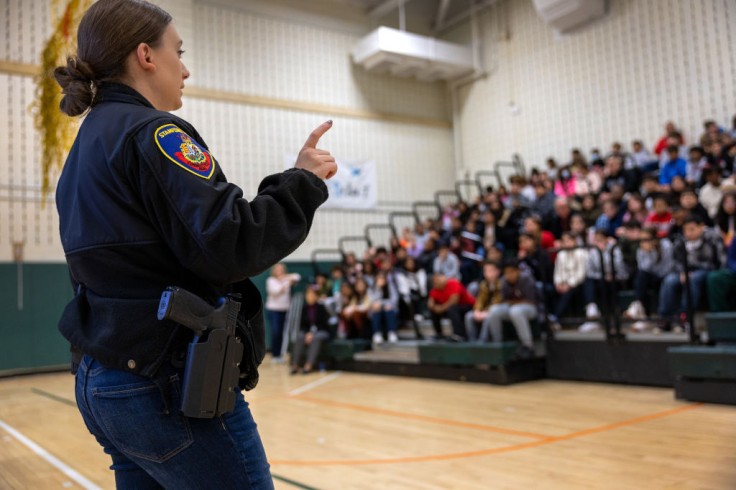
The landscape of school safety in Minnesota is experiencing tumultuous changes as a rising number of police departments and sheriff's offices across the state reconsider their partnerships with educational institutions.
At the heart of this shift lies the controversial Restraint Law, prompting many to question its potential impact on the immediate safety response in schools.
A Law with Profound Impacts
In the backdrop of intensifying concerns for School Safety, the Restraint Law is generating spirited discussions among stakeholders in Minnesota Schools.
Incorporated into a larger education bill by Gov. Tim Walz earlier this year, the law's directives have led several police departments, including those in Anoka, Clay, and Hennepin, to voice concerns over potential legal repercussions.
While the intent behind the Restraint Law is clear-prohibiting school employees and agents from holding students face down in a "prone" position or employing a comprehensive restraint on vital areas like the head, neck, and torso-the execution and practical implications are being heavily debated.
As Jeff Potts, the executive director of the Minnesota Chiefs of Police Association, elucidated to the Star Tribune, "If they're acting as an agent of a school, the new legislative changes put them in a position where, in all practicality, they have to remain hands-free."
The wave of Police withdrawals isn't limited to the aforementioned regions.
Recent reports indicate that School resource officer programs in places like Andover, Moorhead, and Rockford have also been momentarily suspended as their law enforcement allies reassess their roles in light of the Restraint Law.
Meanwhile, other educational districts, such as Burnsville-Eagan-Savage School District, are still in deliberations on the matter, according to the Star Tribune.
The Dual Perspective
On one side, many law enforcement agencies believe the Restraint Law might constrict the School resource officers' capacity to act during perilous situations or even expose them to legal actions.
Their primary concern revolves around the ambiguous language of the law which, they argue, can potentially handcuff officers from responding promptly to dangerous or criminal conduct within Minnesota Schools.
On the flip side, Attorney General Keith Ellison presented a counter-narrative last week.
According to his legal interpretation, the Restraint Law does not specifically impede the use of force to thwart injury or death, provided the force used falls within the bounds of being "reasonable."
Minnesota Schools: Navigating Uncharted Waters
With the ever-evolving narrative and the potential Police Withdrawal from numerous Minnesota Schools, there are rising apprehensions regarding School Safety.
The relationship between educational institutions and law enforcement, once taken for granted, now finds itself under the microscope.
While the journey ahead for Minnesota Schools is dotted with challenges and uncertainties, it's pivotal to strike a balance between ensuring the safety of students and respecting the boundaries set by the Restraint Law.
The unfolding events surrounding this law will undoubtedly sculpt the blueprint for future collaborations between schools and law enforcement agencies in the state.